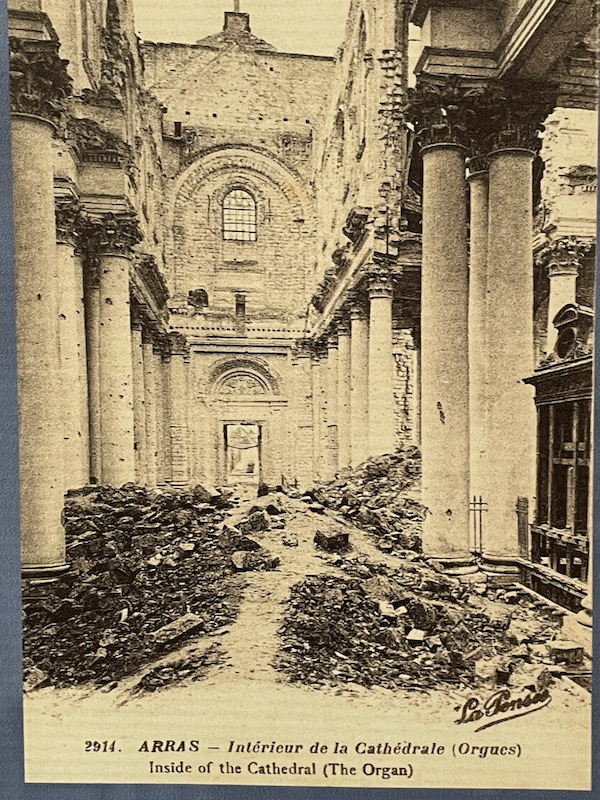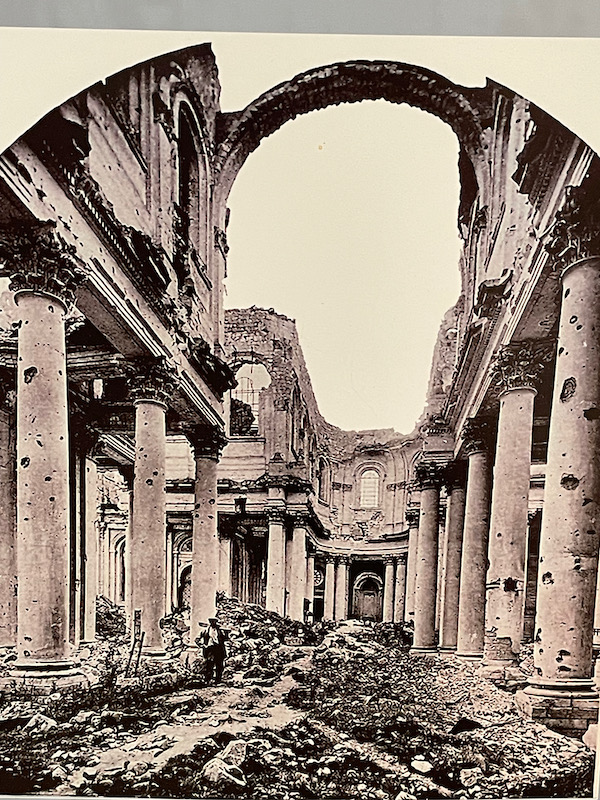Our Blog - Summer 2024 Trip - Arras, France
Romans conquered the area in 56 BC and a village was created around 15 BC. In 406, Germans destroyed the city. Through the Middle Ages, it was famous for the textile industry, like many of the towns in this general area. The area was fought over through the centuries, ruled by the Spanish and Burgundians before finally becoming, and staying, French in 1640. It was almost destroyed by war in the 20th century. World War I inflicted considerable destruction on the local heritage because the town was located less than 10 km from the front, and it was the focus of the costly battles. There was additional damage in World War II but to a lesser extent.
We started out at the Grand'Place, which is lined with medieval-style columned arcades and houses built in baroque Flemish style. The square itself is used for parking on the days that the open market is not using the space.
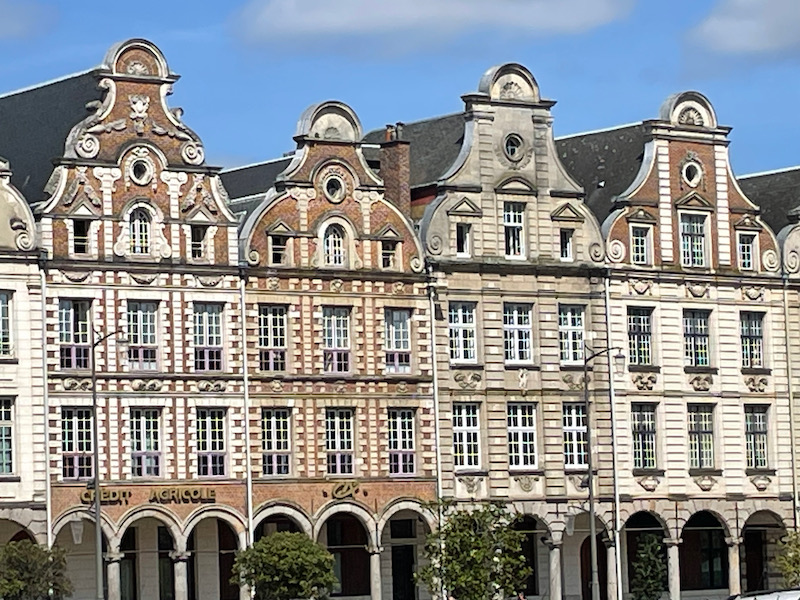
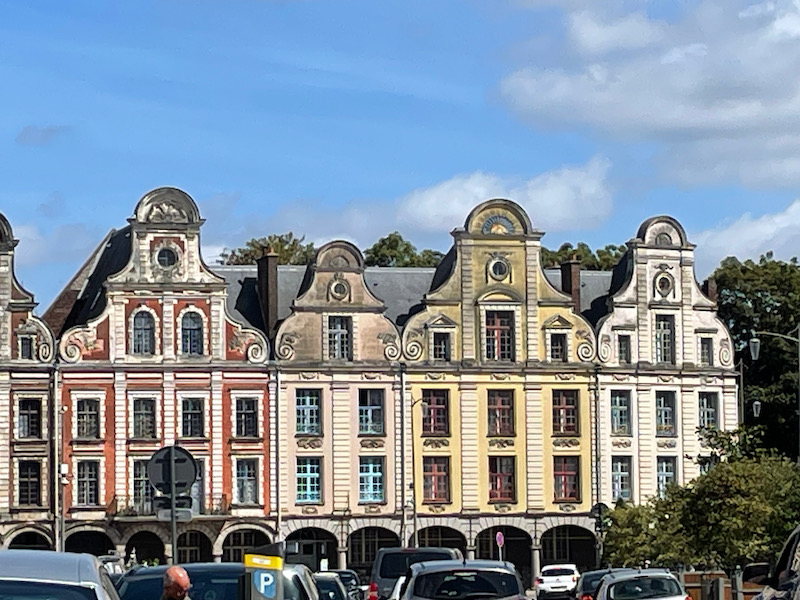
Grand Place and the neighboring Place des Héros form an extraordinary monumental ensemble that is unique in Europe. In their current layout, these squares have existed for 7 centuries but they looked different than they do today. In the 17th century, the town decided to rebuild the houses of the 2 squares, harmonizing them. A large number of facades on the squares are listed as historic monuments. Place des Héros is much nicer, not having the cars parked on it.
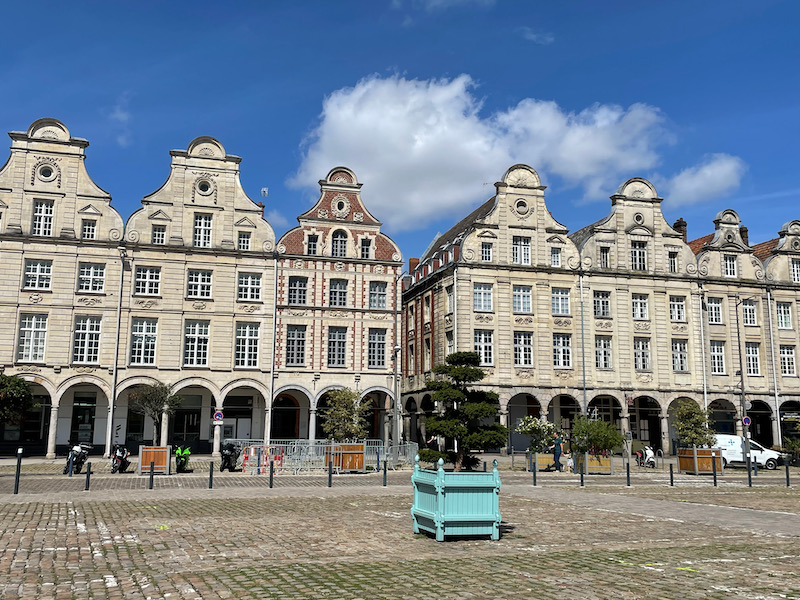
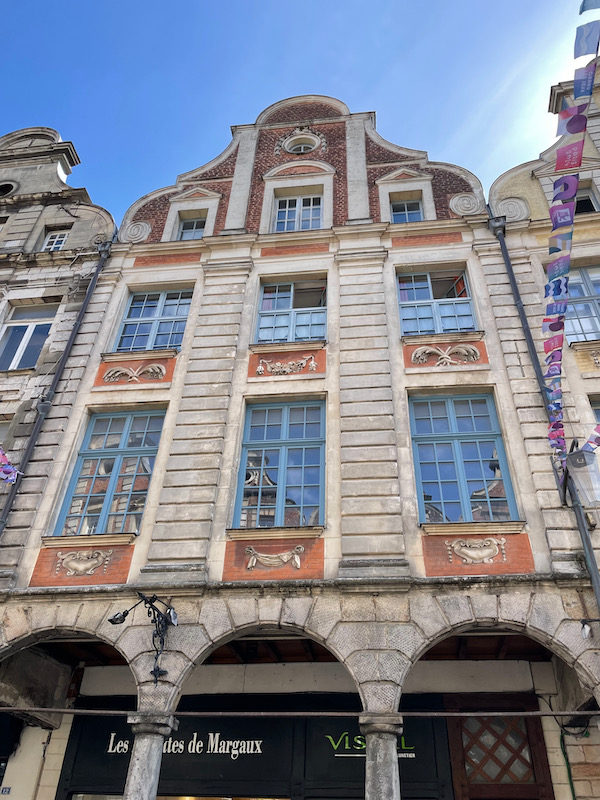
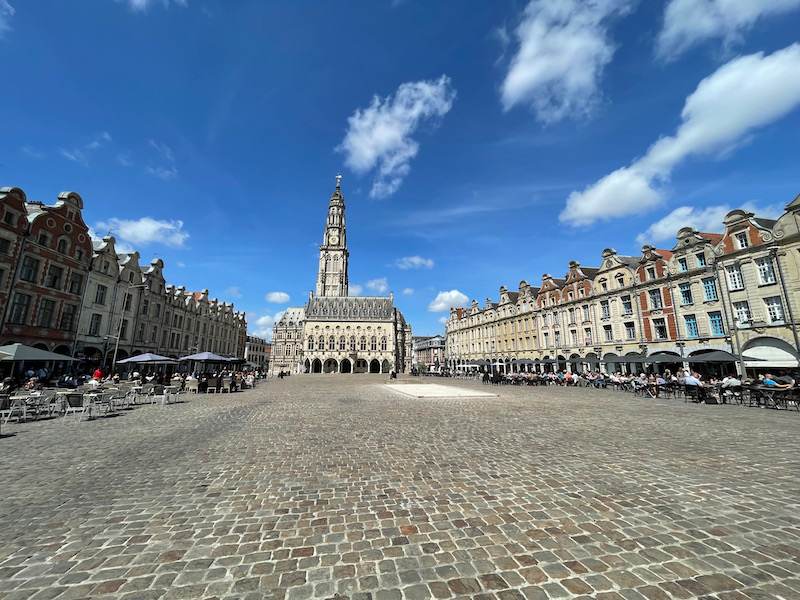

The belfry was built between 1463 and 1554. It was rebuilt in 1833 in order to correct design errors which could have led to its collapse. It was then an opportunity to highlight the architectural style very present at the time: neo-Gothic. Destroyed by German artillery during the First World War, it was rebuilt identically to the original belfry, without the 19th century modifications. The town hall itself was started in 1501 and the location was chosen because the belfry was ALREADY under construction. It was enlarged twice: once right after construction and the other in 1572. This building is also an identical copy of the original one, which was destroyed during World War I. This is a common theme that you will see through the towns in this area.
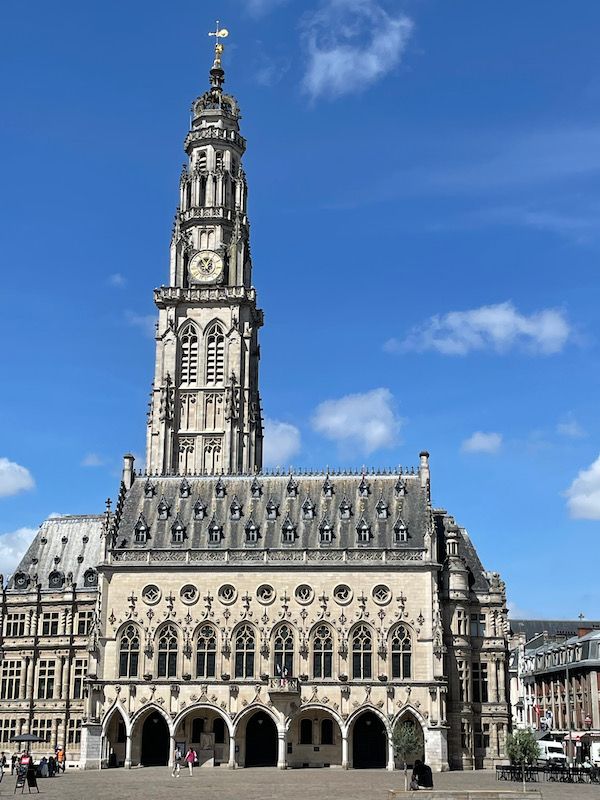
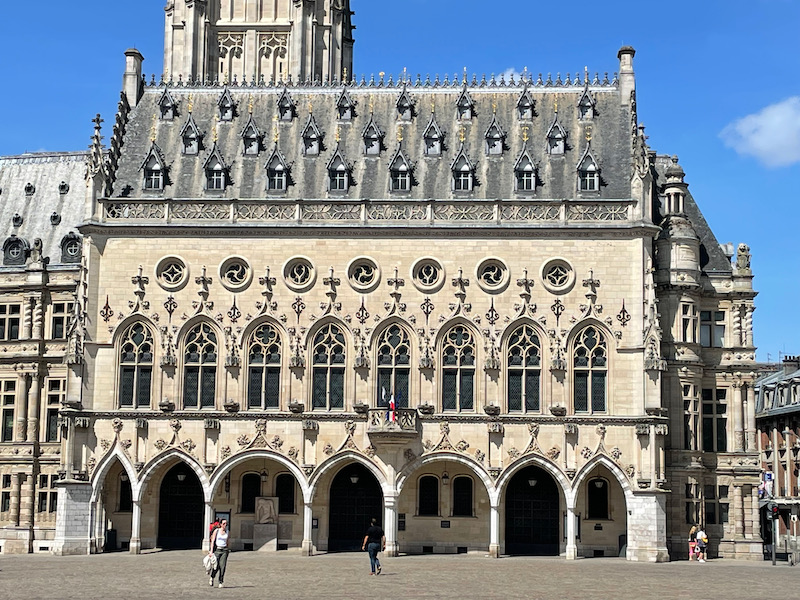
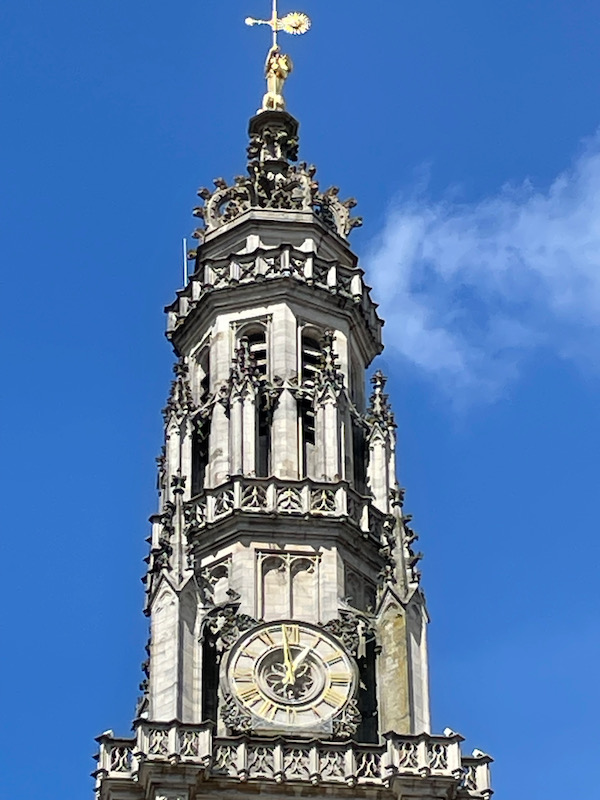
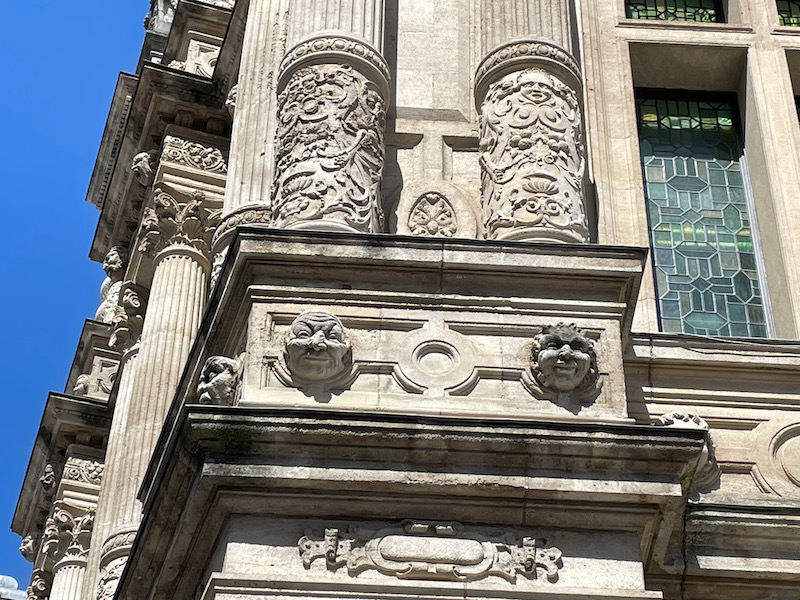
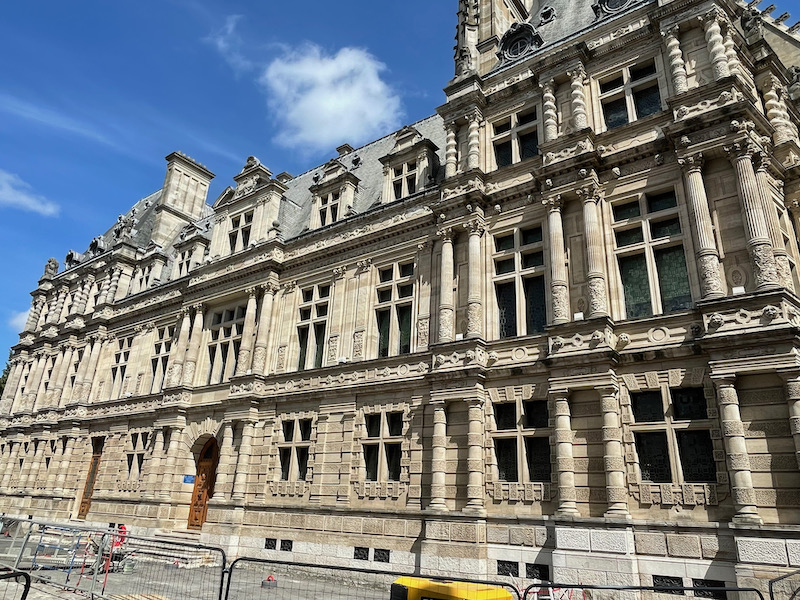
Maximilien de Robespierre was born in Arras in 1758 but then orphaned at the age of 6. After finishing his studies in Paris, he returned to Arras in 1781 as a practicing attorney. He lived in this house from 1787 to 1789 with this sister and brother. He returned to Paris in 1789 as a Deputy to the Estates General for the Third Estate. Most people know that he was one of the leaders within the French Revolution and was one of the key people who successfully pushed for the execution of King Louis XVI. Over the next couple of years, during the Reign of Terror, he was instrumental in getting quite a few people executed, including people like Danton, who was originally part of the group that took power after the execution of the king. His downfall came in mid-1794, when others decided in secret that, for their own safety, Robespierre had to go. Paul Barras even said that they would all die if Robespierre did not die. There is a bit more to the story, but to make things a bit shorter, his head came off as well.
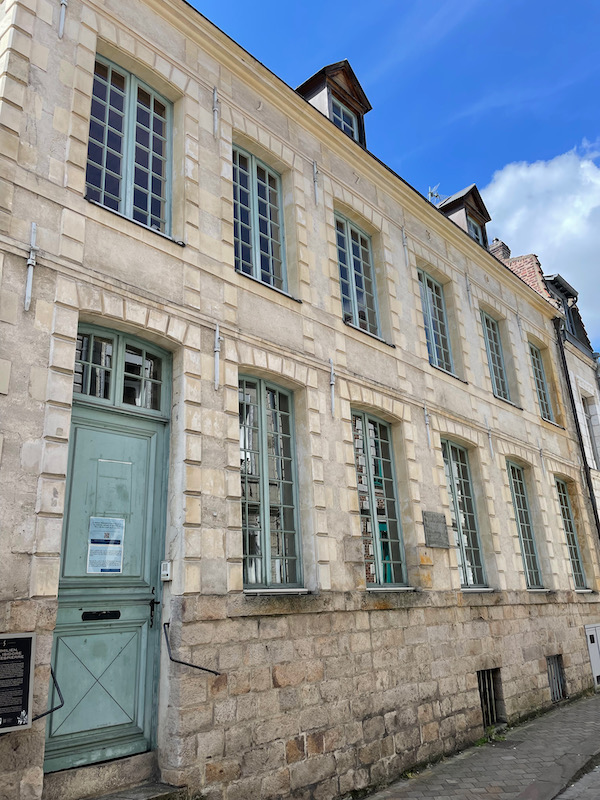
The Église Notre-Dame des Ardents is a relatively recent church, completed in 1876 in a Roman-Byzantine style. There was an "old cathedral" where a miracle occurred in 1105. 144 people were suffering from "Ardents sickness" (painful internal heat, convulsions, skin rashes). Two musicians met with the Virgin at their home, and gave her a holy candle, and with that, the evil was vanquished. On the tympanum is carved the miraculous candle. Only an outside view as it was closed.
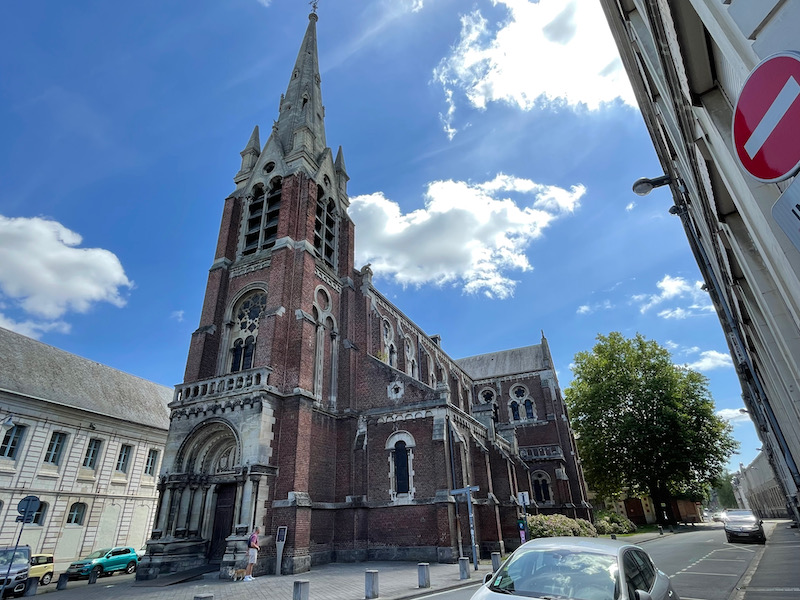
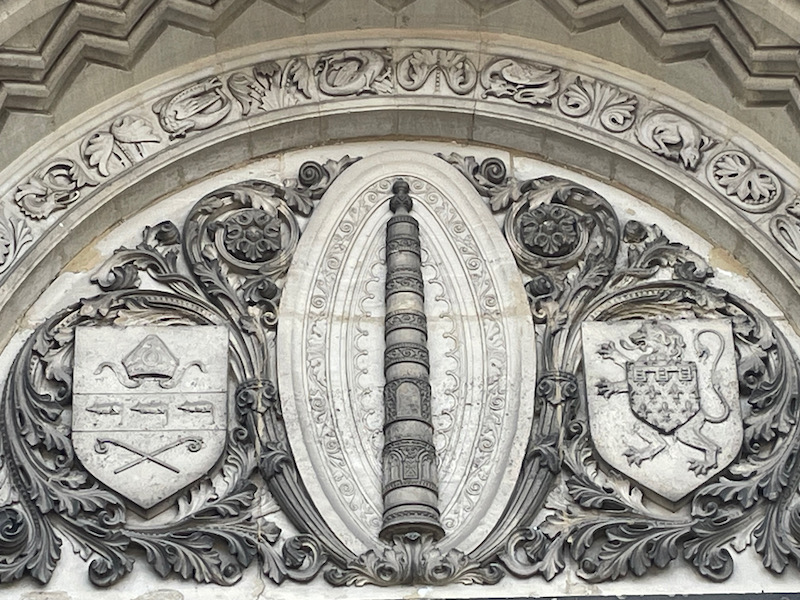
The Musée Beaux-Arts established in 1795 with art seized during the Revolution. Since 1825, it has been housed in the former Saint-Vaast Abbey. The abbey was founded in the 7th century but all the monastic buildings were rebuilt starting in 1750. It was fortunate to have been spared by the French Revolution, but wasn't so lucky during World War I, and in July 1915, it was destroyed. This is another case where it was reconstructed identically to the previous buildings. We took a peek inside the courtyard only. The last picture is a closeup of the carved door.
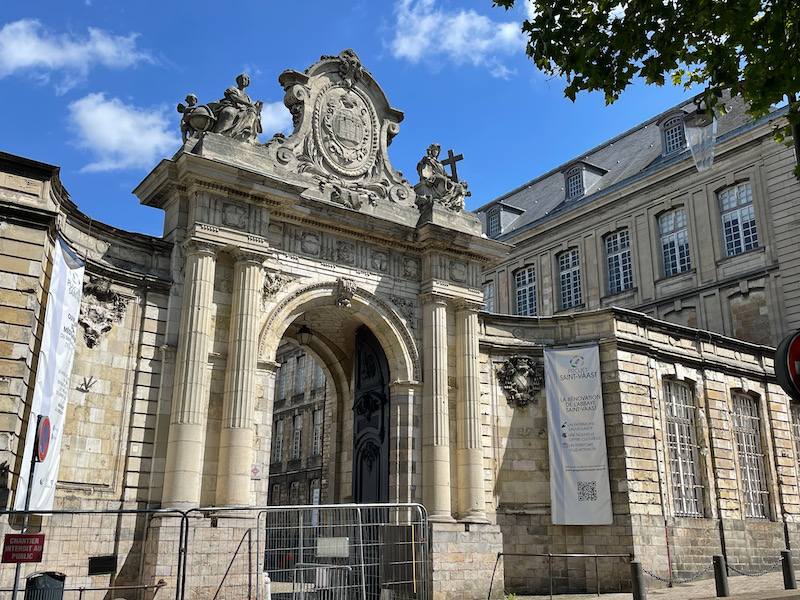
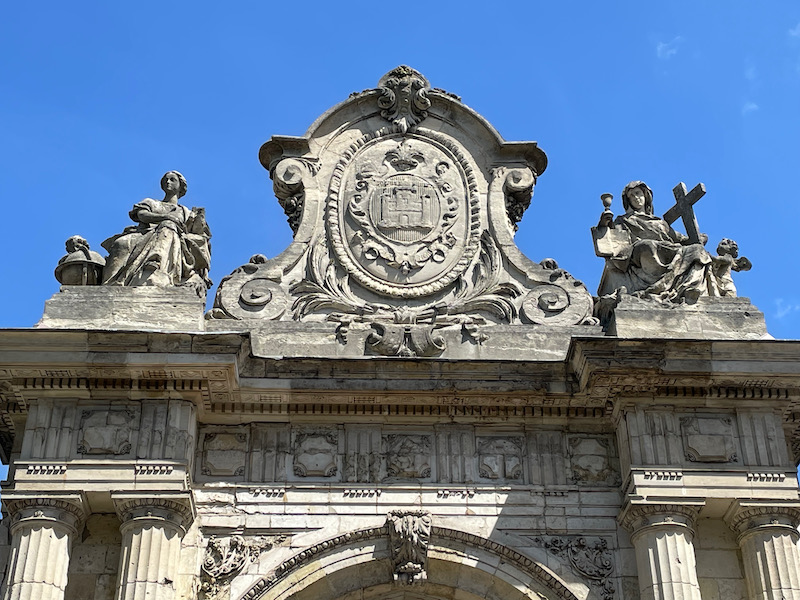
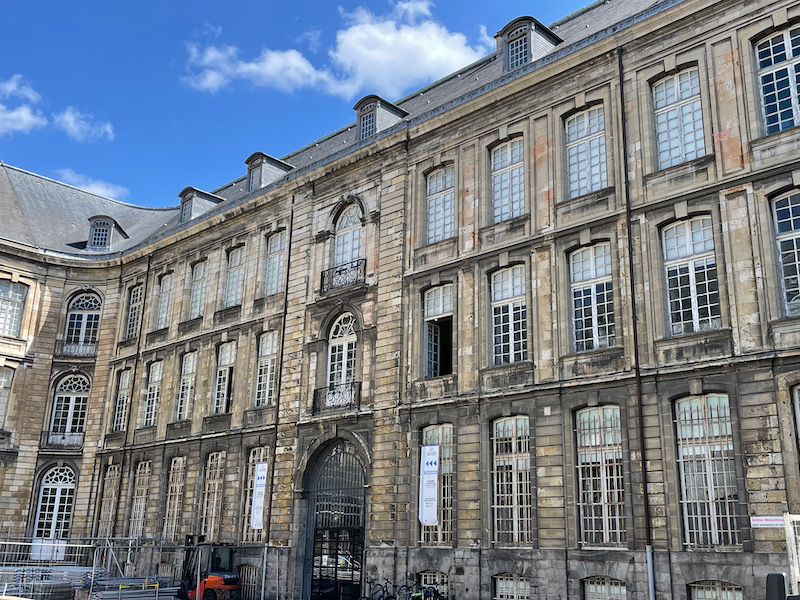
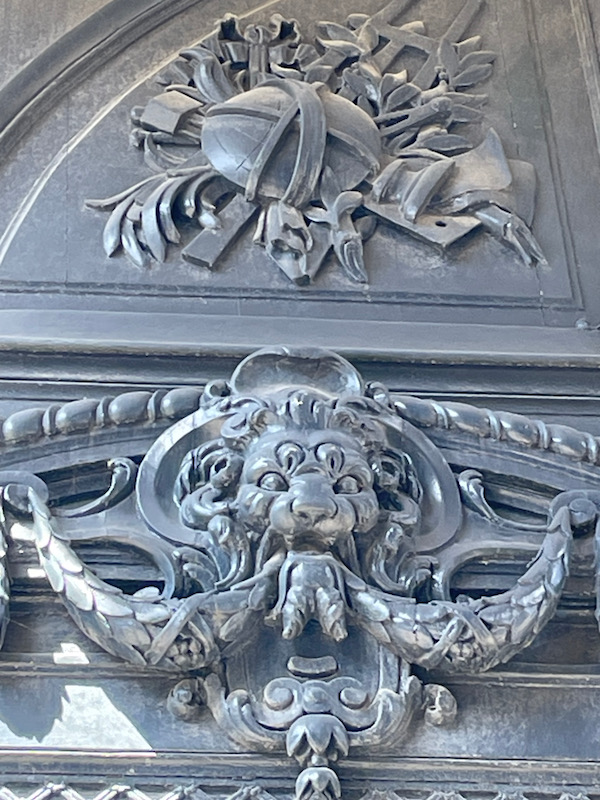
Cathédrale Notre-Dame de l'Assomption et Saint Vaast is the former Abbey church of the 7th century Saint-Vaast Abbey. This is another building that was part of the rebuilding of the Abbey that I just spoke of, and it is in Classical style (fashionable at the time). It was heavily damaged in 1915 and restoration work lasted 14 years.
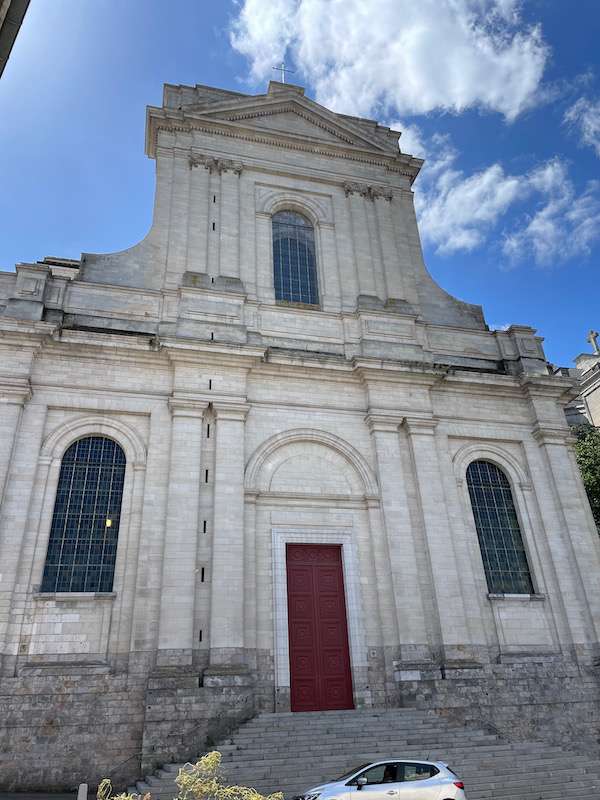
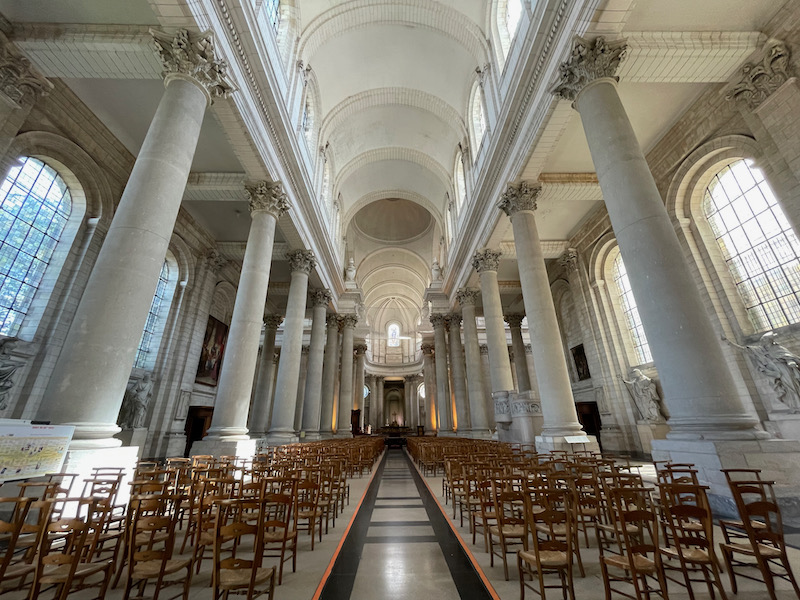
While the interior is fairly bland, there are quite a few sculptures including 8 marble statues that were originally planned for a church in Paris but were sent here when that church became the Pantheon. One of those statues is this one showing Saint Denis (with his decapitated head at his feet).
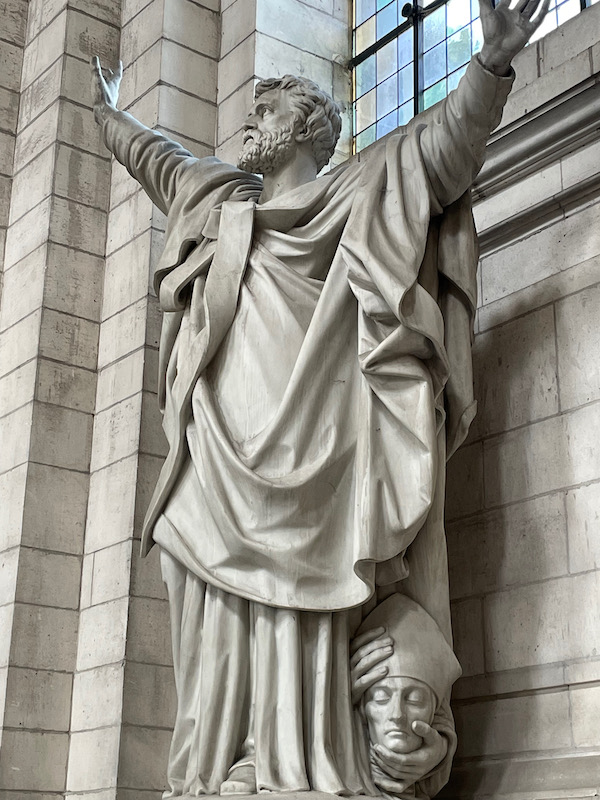
Interesting 20th-century "modern-style" baptismal font and pulpit, both carved from white marble.
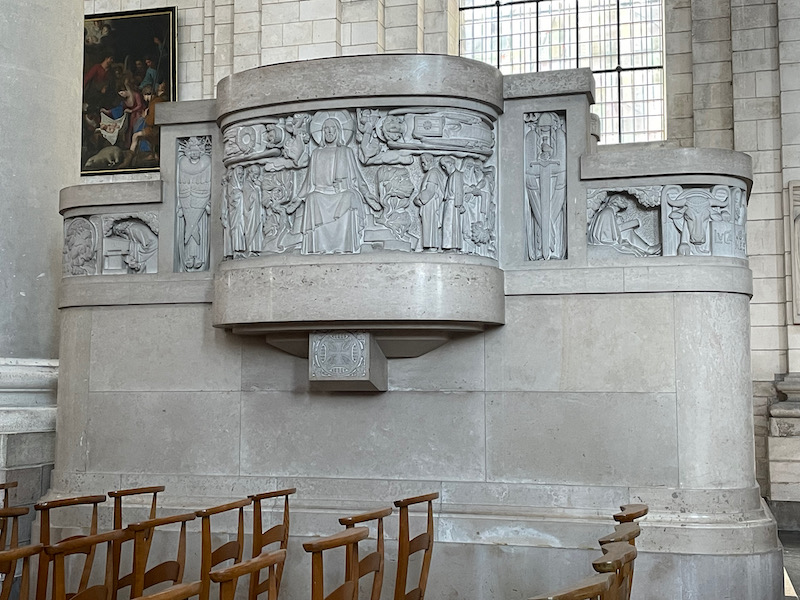
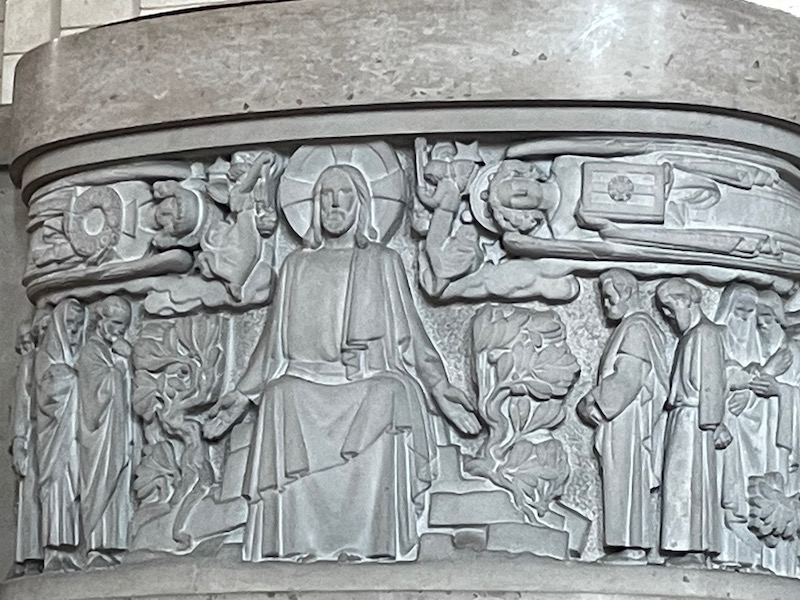
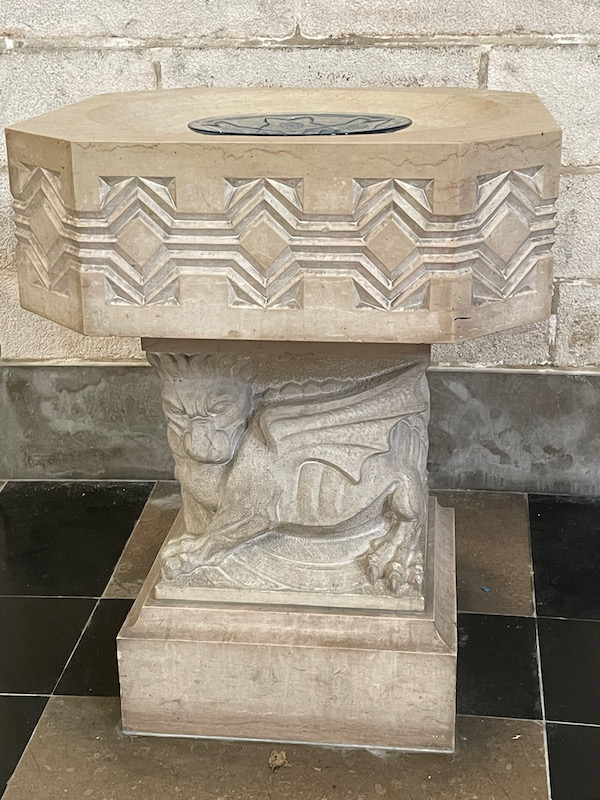
I don't have information on these paintings but the last one I think is the nativity, as you can see Mary and Joseph with baby Jesus and then the 3 wise men/kinds outside.
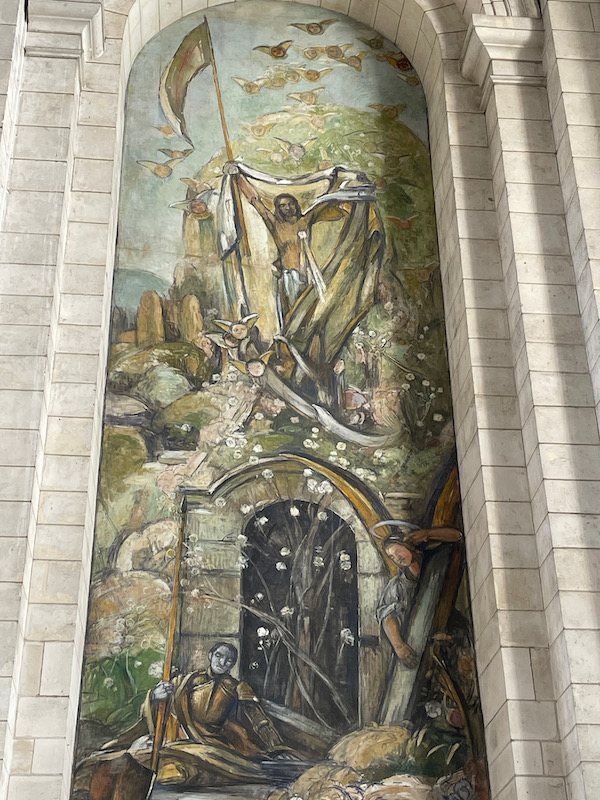
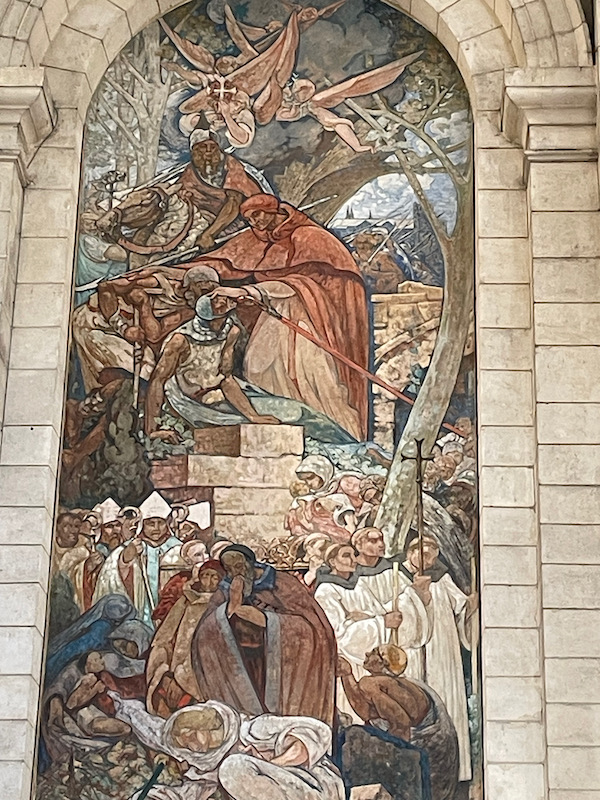
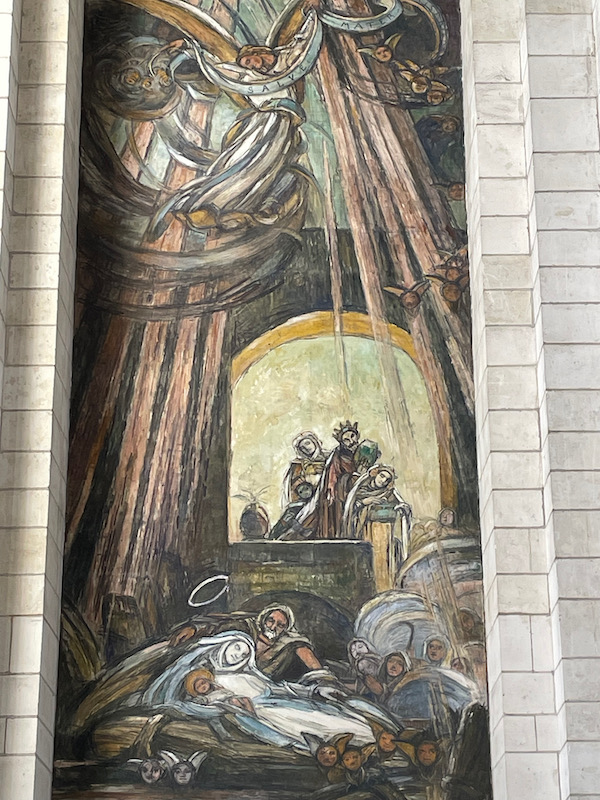
The cathedral holds relics of several saints with some fairly elaborate reliquaries. This first one is for Saint Aubert, who was a bishop in Arras and died in 668. The second is of Saint Vaast, who was the bishop here from 500-539.
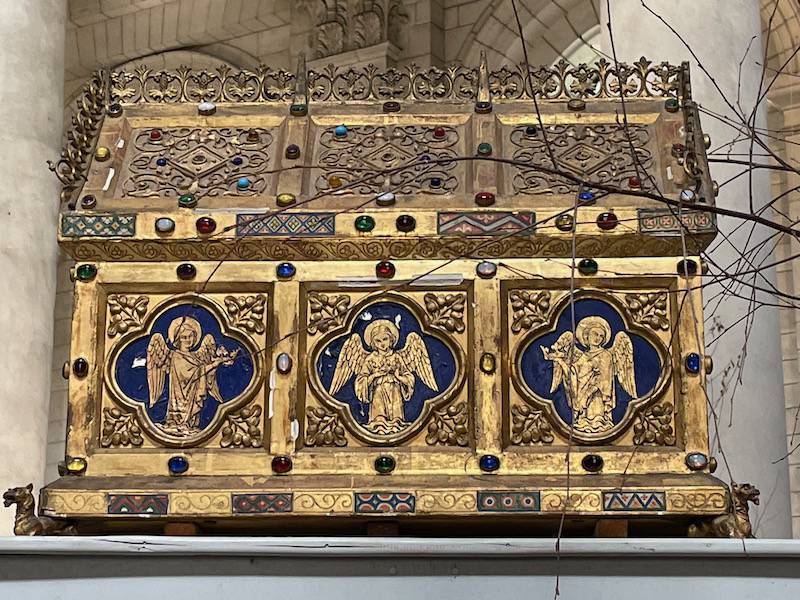

The Chapel of the Virgin with amazing frescoes in the dome, representing episodes from the life of the Virgin. Not all that old, they were done in 1933.

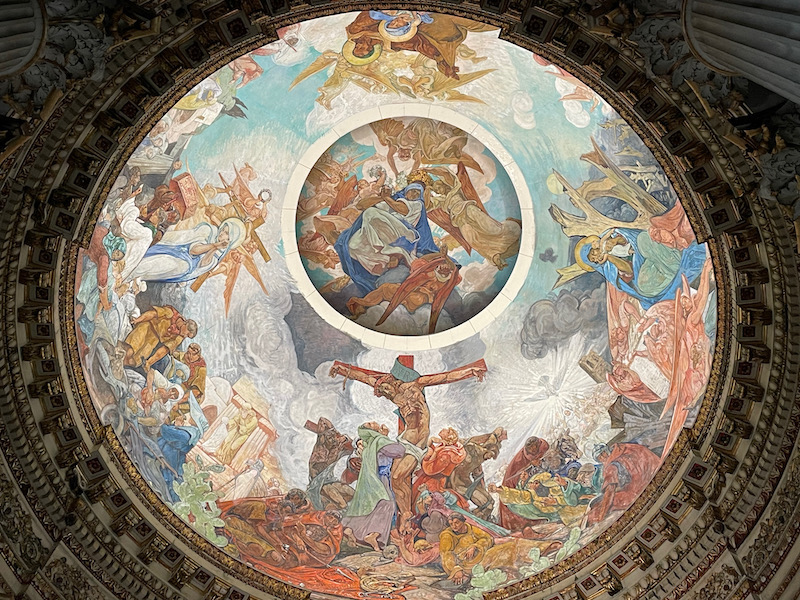
The one stained-window that I took a picture of, which mentions Saint Charles Borromeo.
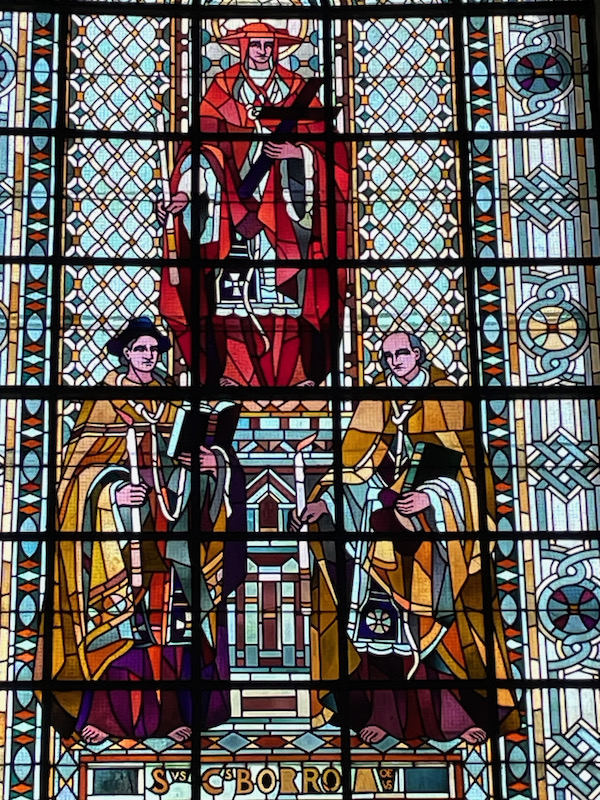
I mentioned the destruction earlier. They had a couple pictures of the church and the damage caused by World War I.
